The Fairbanks Museum is located in St. Johnsbury, Vermont, a ways from my home but a doable distance. I've visited Fairbanks at least three times in my life, and it hasn't changed much.
The museum is housed in a great old Victorian building, and was opened to the public in 1891. Joseph Fairbanks was the man responsible, who believed in educating the public about natural history. His extensive collection of curios has been preserved here for future generations. My mother and I visited Fairbanks on the 15th, and I brought my Nintendo 3DS along because it has a rudimentary camera function. Here's the first of two photo tours of the museum - and there's a lot I didn't photograph.
You'll start seeing interesting things before even entering the museum. There are two lion statues out front that lend a special air to the place. The building itself is just as fancy, with ornate carvings of humans and gargoyles. I tried to photograph the gargoyles but the shot came out poorly.
The majority of things to see on the first floor are preserved animals. Mr. Fairbanks worked together with one particular taxidermist to create the majority of his collection, and most of these specimens are therefore the same age or older than the museum, meaning they are at least 121 years old. Nobody who was alive when this eagle was alive is still with us today, and yet the eagle still looks as big as life, ready to fly out of its glass enclosure and into the sky. Just think about that.
Of course, taxidermy isn't perfect. Some of the animals in the museum looked a little odd, like the taxidermist had messed up a bit when creating them. This was most common with the mammals. I focused on photographing the better-looking specimens, but if you ever go there and take a good look at the bobcats, you'll see what i mean.
This animal goes by many names. You've heard of cougars? How about pumas? Mountain lions? Did you know all of those animals are actually the same thing? The mountain lion/cougar/puma is the biggest cat in the "small cats" division of the cat family.
The distinction between "big cats" and "small cats" isn't about size - that's a lucky coincidence. It's just how the cat family tree splits up. One group of cats - the lion, tiger, jaguar, and leopard - evolved large size and the ability to roar. All other cat species - wildcats, lynx, cougars, and the domestic cat, to name a few - cannot roar. There's a third group, too - the cheetah split off from other cats early on, and that's why it may look "un-catlike" in some ways. Cheetahs cannot roar.
The Fairbanks Museum contains mostly "small cats". This tiger is the only exception, and he is quite well preserved. Many of the standard "jungle animals" are not present at Fairbanks - there are no preserved lions, gorillas, hippos, rhinos, giraffes, etc. Most of the more exotic animals from other countries are quite small, making this tiger stand out.
Fairbanks is home to two stuffed crocodilians. The first is an alligator, large and impressive. The second is this decidedly more obscure creature, the gavial or gharial. It looks like a miniature crocodile, except for the extremely long and thin jaws. These jaws are specially designed to catch fish, and the needle-like teeth help keep a grip on them so they don't slip away.
Also contributing to the crocodile family's presence at Fairbanks is this alligator skull. When you first enter the museum, start by going to your left and checking out the glass tank that contains this skull alongside a peacock and a number of other animals - this is the best place to begin a museum tour thanks to the informative signs that introduce Mr. Fairbanks and quote him directly concerning his mission and the founding of the museum. There's even a letter he wrote himself on display.
Most people who've gone to Fairbanks Museum will instantly associate one thing with it: Bears. Even though birds are by far the most common animals at the museum, its the collection of six or so bears that catch people's attention. I was unable to get a good photo of the biggest and most impressive bears, but they've got all of the classics: a black bear, a grizzly bear, and a mighty polar bear. They're very imposing and undoubtedly among the most popular of the exhibits.
There are literally thousands of birds at Fairbanks. There are several hundred hummingbirds alone. Bird taxidermy was in fashion in Fairbanks' time, so he wound up with quite a collection of dead feathered friends. I am not a particularly huge bird fan so I didn't take too many bird pictures, but this parrot skeleton was too unique to pass up.
There are not very many insects at Fairbanks, to my disappointment. Most of them are "accessories" to larger displays. There is one really interesting insect exhibit - a giant model of a dobsonfly - on the second floor. For whatever reason I didn't photograph it. Aside from the dobsonfly, you'll only see a few insects here and there, like this butterfly which was nestled in a larger enclosure dedicated to mammals.
I think reptiles are good choices for taxidermy as they seem easy to "get right" without looking unnatural. This horned lizard is a good example - he looks pretty great for being 120 years old. It's not always a sure thing, though - a couple of the snakes in the snake tank looked odd. I took a snake photo but it came out very poorly so you won't be seeing it here.
On the outside of the railing between the first and second floor were a number of large fish. There was a shark, a sailfish, a tarpon, and this marlin. The marlin is known for being one of the fastest animals in the ocean, capable of reaching speeds of over 50 miles an hour. When it finds a school of fish, it attacks by waving its swordlike snout around, stunning or killing its prey.
That does it for the first floor. There were many animals I didn't photograph - everything from monkeys to a pelican, a pike, an albatross, a wolf, and a bison. Next post, we venture upstairs to see what else Fairbanks Museum can offer besides dead animals!
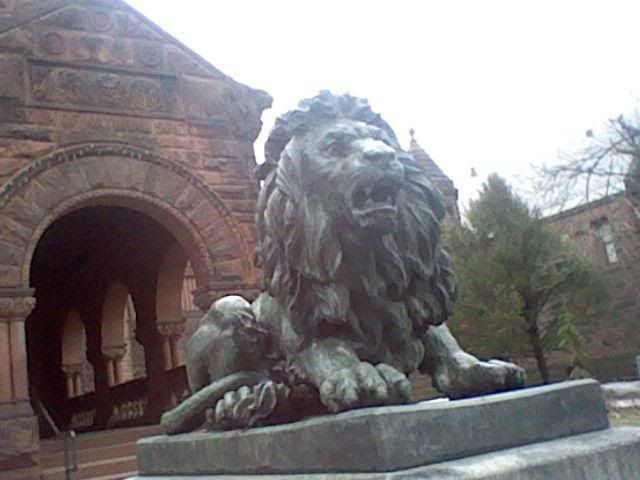

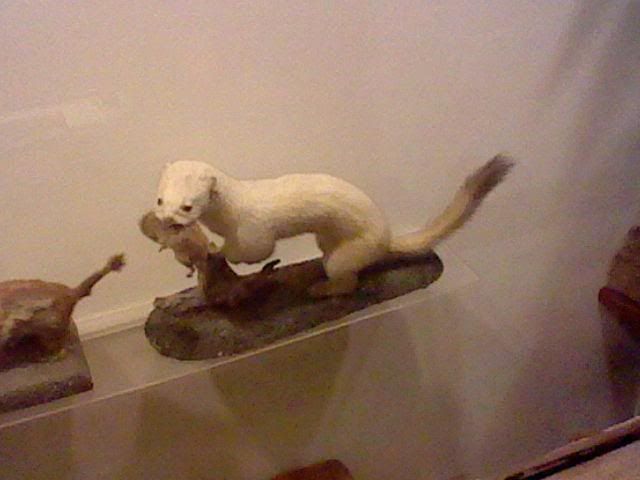

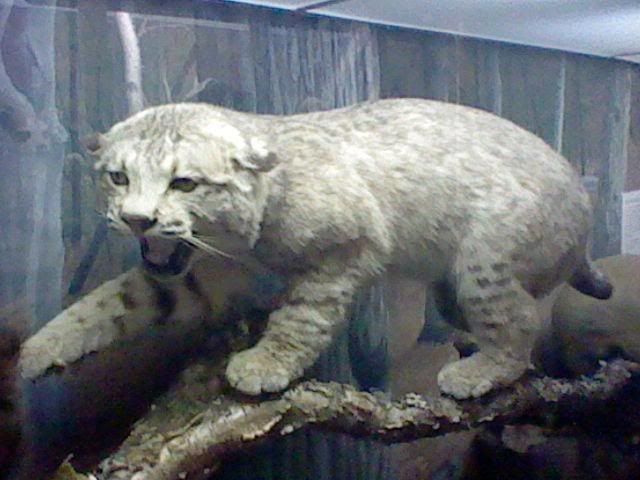

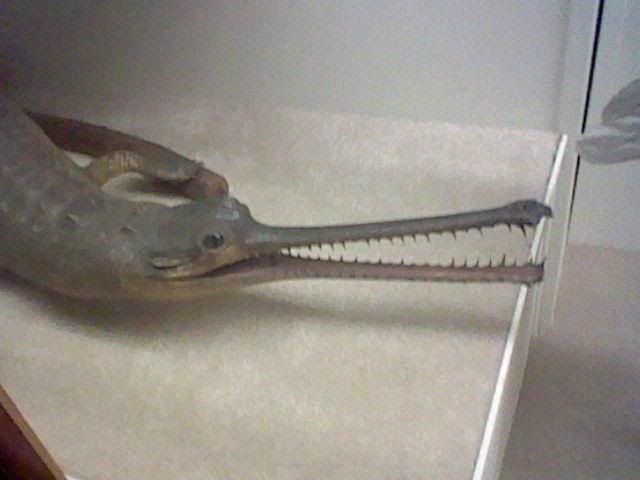

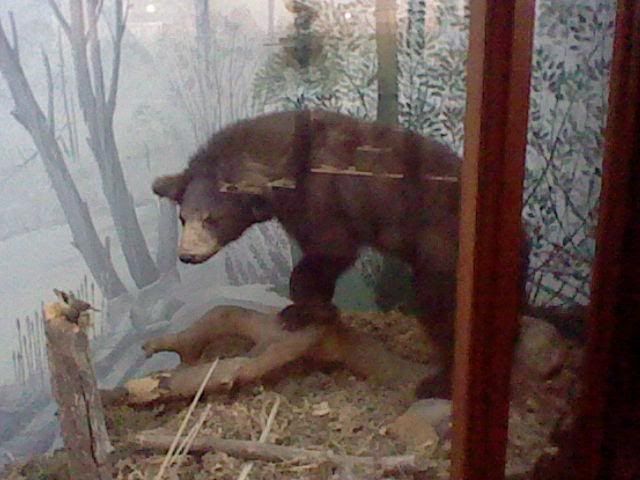
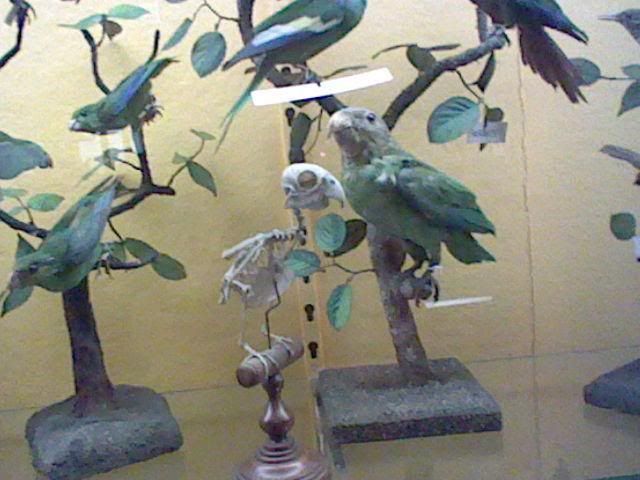
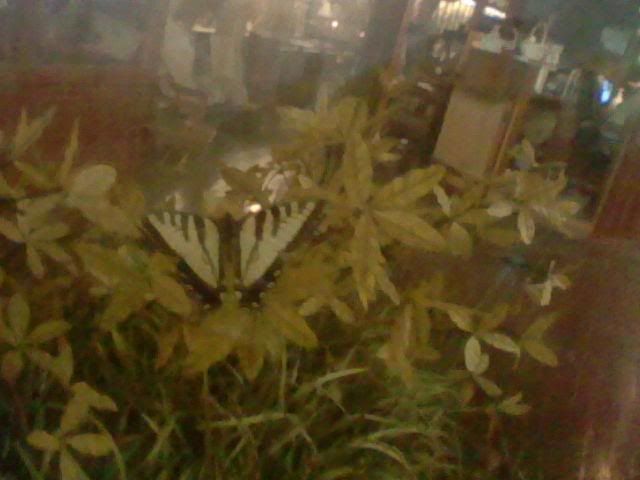
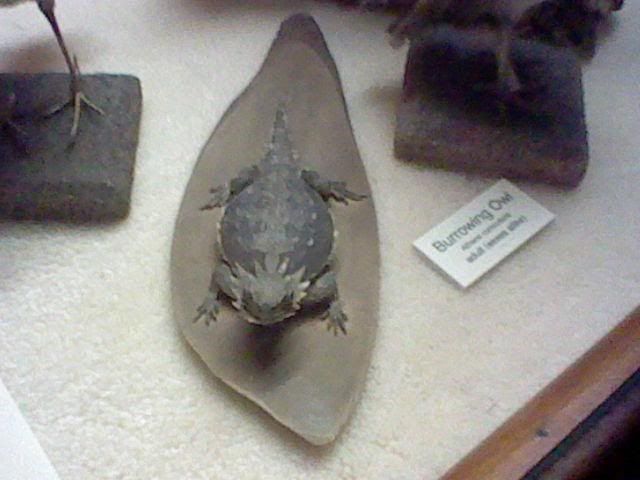
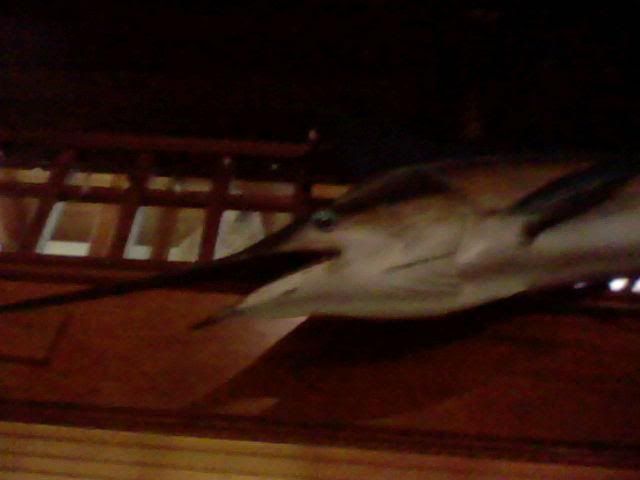
No comments:
Post a Comment